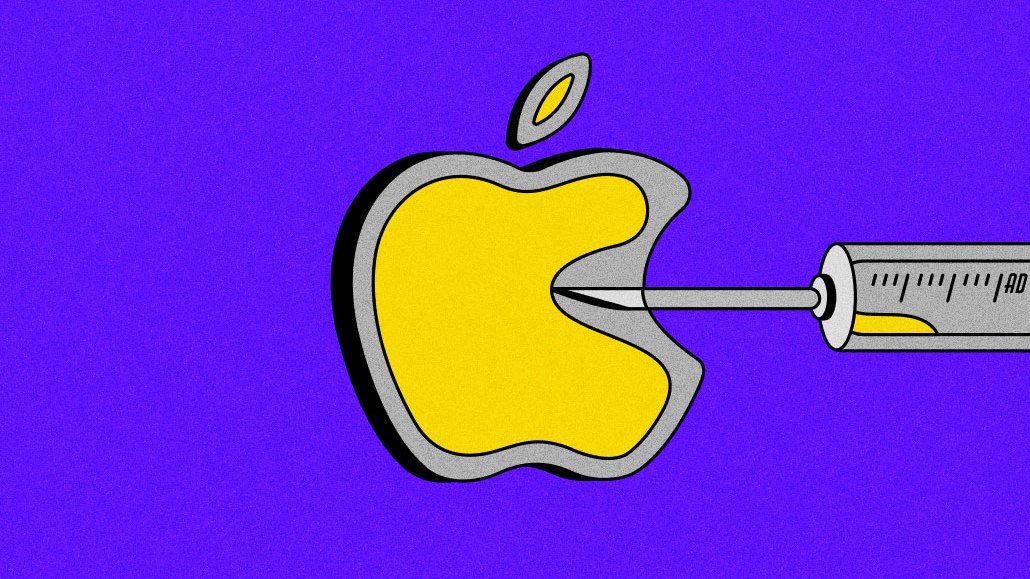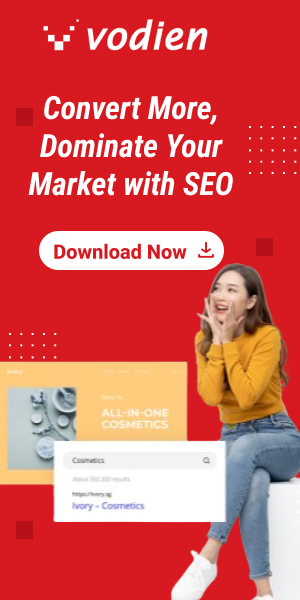Definition of demand generation :
Request gen can make a business’s showcasing messages sound more definitive, carry more weight with imminent clients and eventually offer assistance increment income by cultivating solid leads.
What is the contrast between request gen and lead gen? These two techniques (in spite of the fact that some of the time referenced traded) have exceptionally distinctive objectives. Where request era endeavors to construct brand mindfulness and specialist so potential clients dependably enter the obtaining track, a lead era procedure centers on turning an locked in gathering of people into leads via direct outreach.
Any effective marketing strategy must include demand generation. Automation is crucial because this is a complicated process with lots of moving parts that can be challenging to handle alone.
But first things first.The online transformation has been a boon to the science of request era. With the massive societal transition from offline to online consumption, many pre-purchase customer activities that were nearly impossible to track in the physical world have become easily trackable.
Nowadays, exceptionally few individuals set out to form a buy without to begin with looking online for data.
Step 1: Lead Capture
Before you start up your demand generation engine, you need to turn anonymous website visitors into known identities to approach them later.
Information about site visitors is gathered and stored in a contact database through the process of lead capture.
It’ll assist you track their online behavior (Step 2), support it (Step 3), score it (Step 4), and reach out to them and impact them to buy your product/service (Step 5). Now, to get someone’s contact data, you’ll have to give an enticement, something your guest values exceedingly which has no fetch related to it.This allurement is additionally known as a lead magnet.
Here are a few illustrations:
Step 2: Lead follow-up
Lead Following Once you’ve captured your visitors’ contact data, you’ll be able track their online behavior through treats and record them in a CRM program. From that point on, you’ll discover immediately at whatever point they visit any pages on your location, from particular web journal posts to item data pages and/or estimating pages.
Here’s a word of caution, in spite of the fact that. The more data you ask to discharge your free lead magnet, the smaller your pool of prospects will end up. In other words, individuals do not like to reveal as much individual data online. So, the more you inquire, the more grinding you’ll make.
Your objective with lead following is to have the least sum of data essential to:
- let them enable cookies
- automate your nurturing process.
Asking for their first name would be practical for personalizing your communications. But you’ll soon find that some people will buck at that, and you may lose many potential leads.
Also, asking for a phone number, which might be helpful for your sales staff later on, is not required at the lead tracking stage. It is since most individuals are awkward sharing this sort of data. In brief, the slightest individual data you inquire for, the higher the number of leads you will be able to capture. At long last, most lead following stages will grant you the capacity to confirm that the provided email address is true blue by inquiring leads to confirm their address to get your lead magnet.
At a minimum, never give direct access to your lead magnet through a link on your website. Just email the link to your visitors. There is another reason for doing this. In case the email bounces, you’ll be able to expel that mail from your membership list.
Step 3: Lead tracking
Lead Supporting Equipped with the capacity to track your visitors’ each online move, you’ll presently make sustaining groupings utilizing mechanized workflows.
Your CRM platform will let you set up a workflow to send nurturing email sequences to your subscribers based on the pages they visit on your website.
For example, if you offer home staging services and a visitor lands on your service description page, you can start them up on a weekly email drip campaign where you can send them a profitable organizing tip each week. Let’s say, at a few points within the email grouping, a guest clicks on your temporary-storage page. Here, you’ll be able to switch them to an unused dribble arrangement. This modern trickle will include emails with data on what to send into capacity amid the organizing stage. You’ll be able trigger activities in real-time based on their exercises.
Step 4: Lead Scoring
This scoring process helps you figure out where a visitor fits into your marketing funnel. Your demand generation platform (or CRM) can alert your sales team to follow up directly with your nurtured lead once they achieve a significant score, like 50 points.
Step 5: Lead Conversion
A turn-key request era stage like LeadSquared guarantees that each online behavior is captured in your CRM instrument. It makes a difference dealing reps with all the essential data (client subtle elements, item necessity, buying expectation, etc.) to form their outreach effectively.
For case, this data may incorporate the names of a particular page or web journal posts on your site the prospect has gone to as well as the lead score that activated the “heads up” notice. All this data makes a difference. Your reps get profound experiences into your prospect’s attitude in a way that would have been incomprehensible to do within the offline world.
Hence, when your deals reps lock in with a prospect, they can address their torment focuses way better. Moreover, in case you need to offer more in less time? Observe this video with computerization hacks.
How to Thrive in a Privacy-First Future :
Within the privacy-first period, assent is the driving drive that can make or break your publicizing methodology. The portable promoting industry stands at the slope of a transformative travel toward dependable promoting one that values client security and significance over all else!
As gadget IDs blur into lack of definition, it’s inescapable for brands to discover unused, compelling ways to reach and lock in clients.
The reply is basic however one of the greater challenges
First-Data information:
What is it?
Data that a company gets specifically from clients through intelligence and exchanges with its claim gathering of people is known as first-party information. Moreover, the user’s information and assent were utilized to gather the information!
First-data information:
Why is it utilized?
A coordinate and dependable relationship with clients:
The mystery to an enduring user base may be a relationship built on assent and belief.
Improved promoting focusing on:
High-quality information makes a difference you way better get it your clients and target with exact execution estimation:
Correct bits of information into campaign reasonability and client wanders over channels.
Future-proofed showcasing procedure:
Build up a flexible promoting methodology with long-term proprietorship of information, adjusting to advancing protection directions.
First-party Data vs Third-party Data: A Quick Look
First-party Data Strategies:
Unlock Value with Your First-party Data
1. Characterize your Information Targets :
Within the first-party information prepared, there’s not a short-term settlement; it may be a proactive, long-term exchange course of action that comes about in long-term picks up for both parties.
Inquire yourself :
What information could be a must-have for your commerce vs nice-to-have?
What particular utilize cases would it serve? (It might be to make strides the client encounters, personalize intuitively, boost client dependability, or drive income.)
What are the expected benefits and the cost of gathering this data?
How can we ensure that our clients are protected at every stage of the process?
This clarity will help you focus your efforts on the things that really matter.
2) Build up a Common Esteem Trade :
As an app advertiser, you must internalize one key angle of any brand-user energetic:
It’s a give-and-take relationship. Each information point you collect ought to offer an unmistakable esteem suggestion to your clients.
Make a win-win circumstance where clients feel incentivized to share their information, knowing that they will get elite encounters in return. This will cultivate a long-lasting relationship between clients and your brand.
3) Communicate Clearly :
Never some time recently have individuals been as concerned about their protection. However, it’s shocking how numerous brands ignore the significance of clear communication in this range.
But here’s the thing:
it can make all the distinction. When it comes to dealing with client information, make it clear.
4) Procure Information the Proper Way :
The client’s travel isn’t straight. Clients go through a series of loops and turns as they are associated together with your app. With this in mind, distinguish the key touchpoints where information can be asked.
Be beyond any doubt :
Offer unmistakable rewards, such as rebates, dependability focuses, or select benefits, to clients who eagerly give their information. Make a framework where clients feel they are accepting something of esteem in return for sharing their data.
5) First-party Information Enactment
As app marketers, your greatest challenge will be to always assess and maintain the benchmarks of this information, guaranteeing it may be a profitable resource that powers impactful decision-making.
Four tips to help your business get privacy-ready
- The closing exhortation was to keep in mind that we’re managing with genuine individuals who are sharing their information.
- People who want the feeling of reciprocity, knowing that they are getting something in return. Everyone can win from this – but there are steps that marketers need to take now:
- Take control of your data – clients are facing a data sprawl and marketers must have absolute knowledge over what you’re collecting, why you’re collecting it, how it’s being used and who else is getting access to this data. Numerous clients have possession but not control – and this can be key to getting the information quality and security angles right.
- Embrace the regulatory spirit – regulation needs to be treated seriously. Do not treat it as an obstruction, let go of verifiable ways of doing advanced showcasing and get it that these controls are driven by open supposition. Customers expect this level of privacy and control – and that’s what brands should give them.
- Go past the uncovered least – it’s not sufficient to be compliant with protection direction. Think approximately the greater picture of building connections and believe along with your clients. Be mindful for the data you’re collecting and what you are doing with it. Be genuine, be bona fide and be straightforward. Those who grasp security and genuinely get it are planning to succeed.
- Make it important, vital and reasonable – appear to the client the esteem of the trade.People should be able to remember having shared the data that informs the marketing they see. Ensure users have proper, easy-to-use controls to manage the data they are sharing.
In Closing
As an industry, we are seeing a significant move towards moral and capable publicizing that places protection and common esteem over all else. It’s time to see protection changes not as deterrents, but as a door to development: a new viewpoint on conveying significant encounters to clients!
Marketers shouldn’t think little of the commercial benefits to getting protection right for their clients and hence the results of getting it off-base. They ought to grasp the soul of this unused publicizing future presently and go past the uncovered least compliance to induce ahead for tomorrow.












Leave a Reply